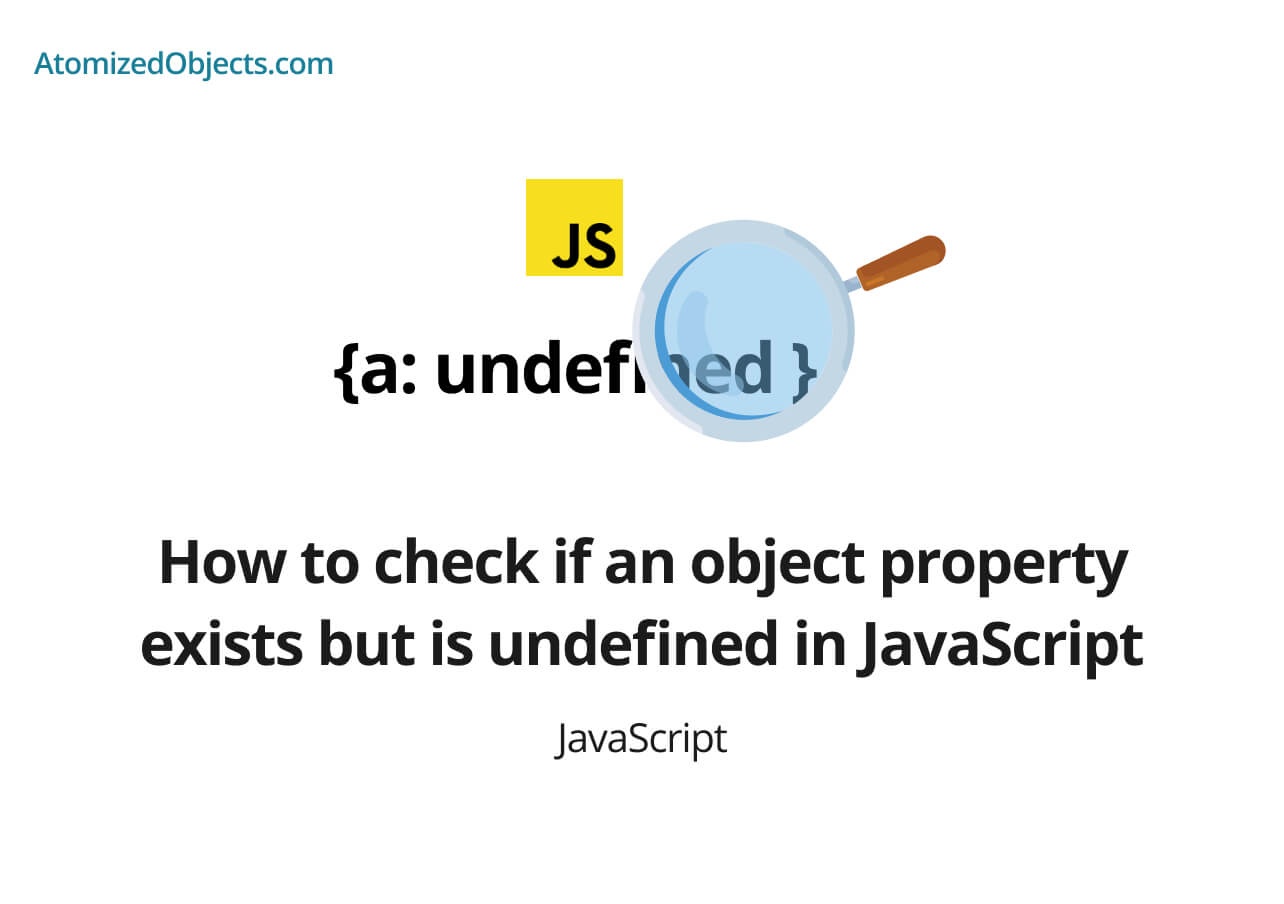


Or a function that has no explicit return value ex. It gets even more interesting when you learn that when using arrow functions in these scenarios you actually get a static context on different invokation types. undefined is the default value of a variable that has not been assigned a specific value. The keyword this is undefined in a function invocation in strict mode.the invokation of a function that is not attached to an object, this is going to be searched in the global context. How we invoke a function changes the context on which it is executed.demonstrating usage of undefined in javascript var n console. Unassigned variables are initialized by JavaScript with a default value of undefined. undefined is a type by itself (undefined). A method can be detached from an object into a separated variable, e.g. Simply put, undefined means a variable has been declared but has not yet been assigned a value.Who is the owner of the method this time? ConclusionsĮach time we are going to execute functions in Javascript, it is important to remember that: Try these same instructions again, but this time in a nodejs console to see what happens.

This happened because in the browser window was the object that owned captainStatus at the moment of its execution. checkStatus > captainStatus () false I am I have undefined bullets > function Soldier ( numBullets ) > captain = new Soldier ( 5 ) > captainStatus = captain. That is not a nice thought, anyhow, ask them nicely and then add the eslint-plugin-no-null plugin to your. Okay okay, this might make sense, how can I force all my colleagues into submission? Keeping such properties just increases the payload size that needs to be sent over the network or stored in a file without actually giving you any extra benefits. If you use null in some cases, that it will require you to always check for both types each time we need to be able to tell undefined or null apart from other falsy values like 0, '', or false: if (value = undefined || value = null), but why would you do that? If the property someProperty has no value, it's better to just exclude that property completely. As the variable already has no value there is absolutely no point in declaring that again with another type that in the end has the same meaning. When a variable or a property on an object does not have a value it is undefined, and for a value to be null you need to assign it a null value. I find that where JavaScript offers alternatives, stick to one of them. To write simple code you need to keep complexity and variation down.


 0 kommentar(er)
0 kommentar(er)
